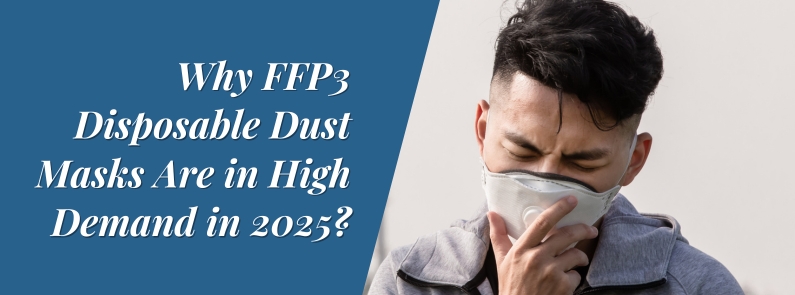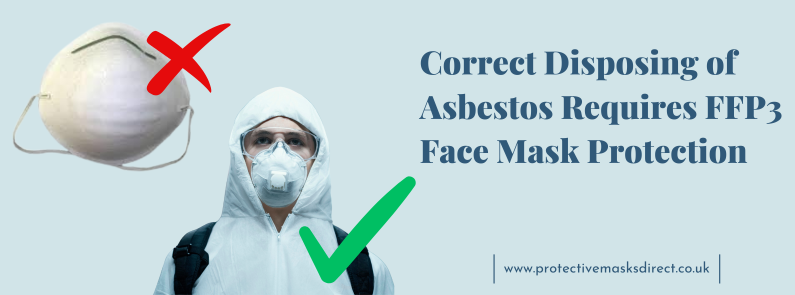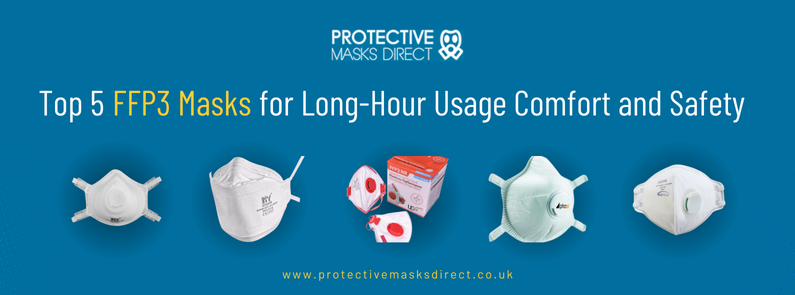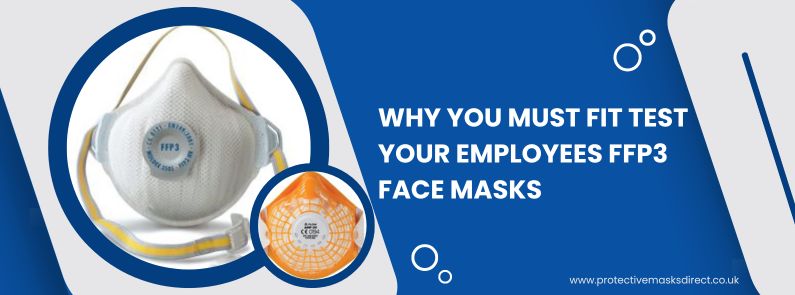
In 2025, the increased demand for FFP3 face masks will raise prices, particularly in sectors like construction, where workers face persistent exposure to fine silica dust, and in healthcare settings, where professionals combat airborne pathogens.

In 2025, the increased demand for FFP3 face masks will raise prices, particularly in sectors like construction, where workers face persistent exposure to fine silica dust, and in healthcare settings, where professionals combat airborne pathogens.

Imagine you are entering a construction site or industrial environment where invisible danger is everywhere: tiny particulate fumes that are injurious to the lungs. With every breath you take, you allow dust, viruses, or toxic fumes to enter your lungs. An FFP3 mask blocks up to 99% of these harmful particles, offering the highest level of protection. But what happens if you don’t wear one?

Asbestos is a dangerous substance that breaks down into multiple strands of tiny fibres. It can cause serious health problems like respiratory diseases, lung cancer, and asbestosis. However, some industries require you to work with asbestos, which will affect your health over time. So, it is very important to understand how to protect yourself against such disease.

Respiratory protection is essential for maintaining health and safety in high-risk environments. Powered respirators with FFP3-level filtration provide a good solution, aiding in protection against harmful particulate matter and dust and vapours.

The FFP3 face mask is one of the high-performing face masks protecting the wearer from harmful airborne particles and health risks. The dangerous airborne particles can be radioactive, causing life-threatening diseases like cancer and other respiratory diseases.